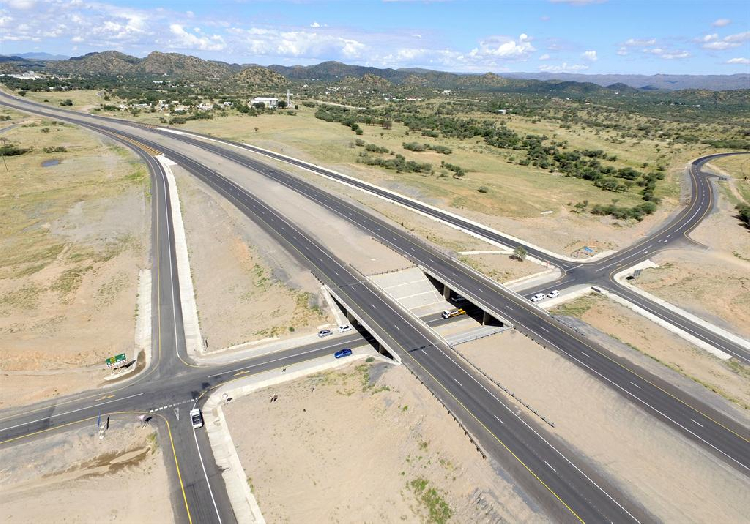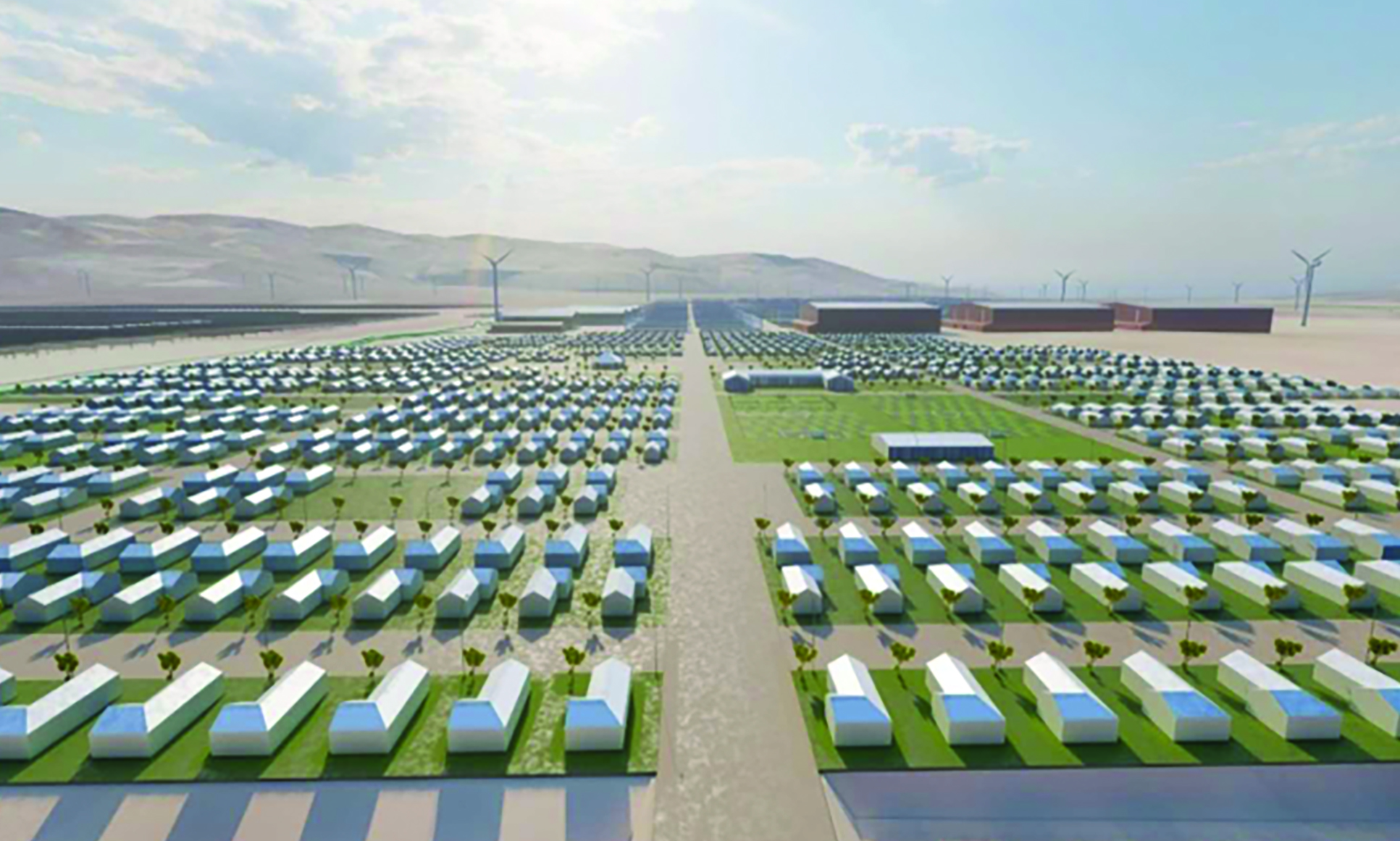If you tell someone from Nigeria, Ethiopia or Egypt that your country’s population increased from 2,1 million in 2011 to three million in 2023, they would most likely say “so what?”
For them, three million people is but a drop in the ocean.
In Egypt, 22 million live in the capital, Cairo – where I stayed for five years in the 1980s. The country’s population itself is 111 million.
Is Namibia’s population growth a boon or bane?
“Population growth in Africa will place an increasing strain on the availability of water, throwing up some potentially frightening scenarios, including the rise of water mafias,” Samantha Spooner wrote in The Namibian a few years ago.
‘UNDER PRESSURE’
For some Namibians, the one million increase seems to be a bane. For context, let’s tease out a few newspaper headlines.
“The country hits three million population mark with many flocking to the city”; “Namibia’s growing population strains healthcare”;
“More people, more problems – regions, local authorities respond to latest census results”.
Even some analysts and scholars have shifted into ‘alarmist’ mode, The Namibian among them.
This comes from a recent editorial: “But anyone keen on economics and social progression will know that the country is sitting on multiple time bombs.”
An article by Celina Awala, ‘Population Growth: The Implications for Land Tenure and Food Security in Communal Areas’, argues that “specifically the recently released figures show a population increase in the four north-central regions which are largely covered by the communal land tenure system. This … means an increase in competing interests in resources, including land.”
Research analyst Angelique Bock says the predominance of young people puts pressure on social services – education, healthcare and social welfare.
Political analyst Henning Melber says the marked population increase is a challenge when it comes to employment and social sector expenditure.
Others are a bit upbeat. Labour expert Herbert Jauch says “population growth with so many young people presents an opportunity to have a skilled workforce that could transform the economy in terms of increasing productive activities”. However, he says, it would require a good foundational education system, coupled with opportunities for specialisation at post-school level.
But there is a caveat. Jauch says an increased youthful population would lead to more tensions as young people would “not accept a situation offering them no hope”.
HIGHS AND LOWS
The question of large populations and their relationship to economic growth and development has bedevilled economists for decades, if not centuries. They still don’t have the answer.
Some Namibian economists support the positive correlation between high population growth and a high per capita growth.
They contend, for example, that “Namibia’s drawback is its small population”.
Thus, the country needs higher population growth to achieve a high economic growth rate.
It reminds me of former president Sam Nujoma urging, some years ago, that Namibian men should get out of bars/shebeens and start making babies because our population is small.
The singular example of China’s recent economic performance is often cited in support of the “high population growth leading to high economic growth rate” hypothesis.
This is despite the Chinese themselves battling high population growth for years, hence their previous “one child per family” policy.
If indeed there is a positive correlation, I don’t see why they would be worried about high population growth.
There is another question we need to pose, though: Is China growing or are other countries growing within China?
How many American and Western companies are relocating to China because of a cheap/skilled labour force and a large consumer market?
THE EINSTEIN EXTENSION
There are other benefits, we’re told: It is argued that one more baby is one more future taxpayer.
Then there’s what is called the genius principle – the more babies there are, the greater the likelihood that one of them will grow up to be a mathematics, science or sports genius.
The question is how long does it take before societies produce the equivalent of Einsteins and others?
It is also argued that population growth may spur technological innovations because of the increased stress high populations place on available resources. So, society is forced to improvise, innovate and, in the process, progress.
Here’s a question for our economists: What is the required optimal population size that would lead to exponential economic growth?
What would be the ideal population size for Namibia to take off?
RESOURCE REALITIES
The one million population increase must be seen against the backdrop of a country with considerable natural resources.
Namibia is a rich country with many poor people and most of these statistics come from reputable international organisations, not from opposition politicians who have equally failed their constituents.
Maybe Popular Democratic Movement parliamentarian Maximalliant Katjimune was spot-on in saying Namibia was already struggling to provide basic services to its two million people (from 2011).
Since independence in 1990, our resources – from diamonds, uranium, copper, magnesium, zinc, silver, gold, lead and other precious stones to industrial minerals and fish – have been here, including the newly found oil and hydrogen.
At 824 292km2, Namibia is the world’s 34th largest country. Therefore, every Namibian should have a piece of land – urban or rural.
Archie Mafeje, my professor at The American University in Cairo, used to argue that Namibia should look like an oil-rich Gulf state.
The point is, despite our enormous resources, we are infamously ranked as having one of the highest levels of inequality (UNDP 2009) globally.
Namibia is increasingly unable to provide for the needs of the majority.
LIFE IS NOT A STORY
Contemporary Namibian society revolves around symbolism, populist rhetoric and slogans rather than substance – a lot of talk and no action.
The mass housing scheme has ground to a halt, Tipeeg has failed, land reform flopped from the word go.
Sociologically and economically, these factors rank among the characteristics of a failed state.
Blaming our earthly problems on an increase of one million people doesn’t make sense.
China, with 1,4 billion people, has eliminated extreme poverty guided by its Marxist ideology as opposed to our neo-liberal capitalist ideology.
The point is we have failed our people because we do not have visionary and transformative leaders; now the same people want to be elected to political office again.
They have nothing new to bring to the table. Recycling is good for the environment, but not for politics.
These people should go to their resettlement farms and retire peacefully. And let me leave this highly contested issue of whether population is a boon or bane to our economists and other social scientists.
- * Alexactus T Kaure is a freelance writer.
Stay informed with The Namibian – your source for credible journalism. Get in-depth reporting and opinions for
only N$85 a month. Invest in journalism, invest in democracy –
Subscribe Now!






